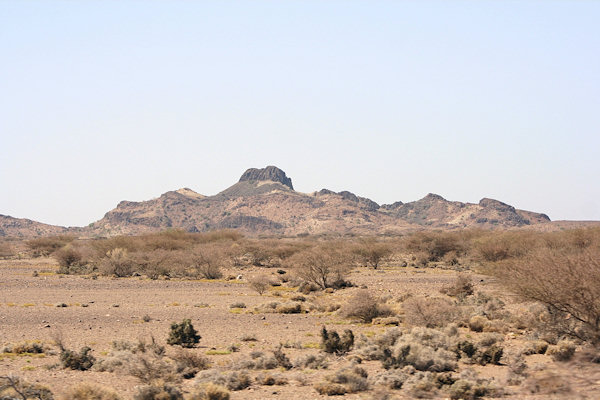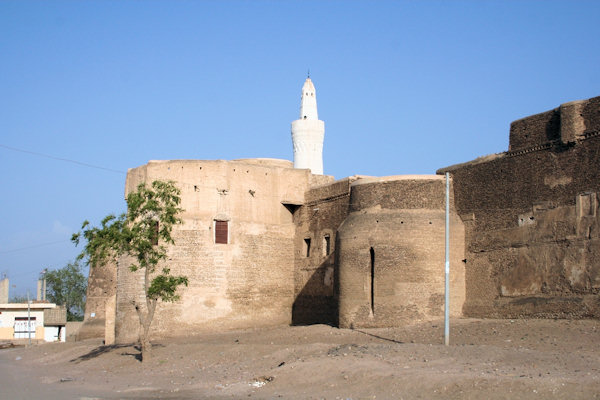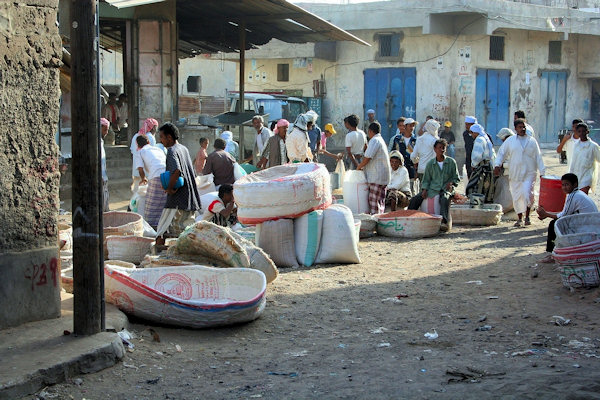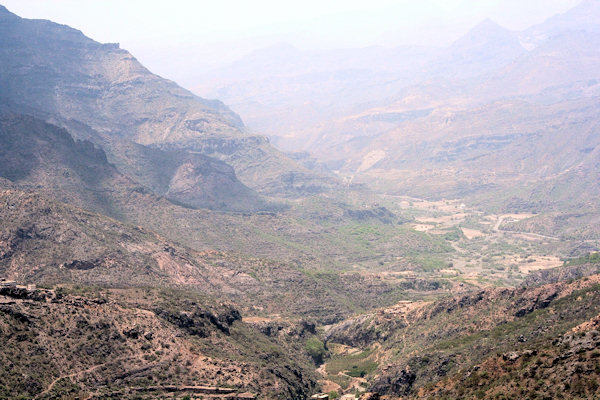Yemen
Things to DO
Al-Mocha
 |
|||||
Once you're off the highland plateau and onto the coastal plain, the temperature rises dramatically. Mountains give away to sand,
dessert grasses and acacia trees.
Although rarely beautiful and often flat and desert-like, the Tihama (Red Sea Coast) is intriguing enough. Look out for the African
influence in the physical features of the locals and in their cylindrical reed huts.
Al-Mocha is famous for being the major marketplace for coffee ("Coffea arabica") from the 15th century until the early
18th century.
Even after other sources of coffee were found, Mocha beans continued to be prized for their distinctive flavor—and remain so even
today. The coffee itself did not grow in Mocha, but was transported from places inland to the port in Mocha, where it was shipped
abroad.
At present, Al-Mocha is no longer utilized as a major trade route and the current local economy is largely based upon fishing and a small
number of tourists.
Zabid
 |
|||||
Zabid is one of the oldest towns in Yemen.
Abu Musa Ashaari, one of the Prophet Muhammads companions, came originally from Zabid, and had the Great Mosque of the town built
in 628 AD, also still during the Prophet's life. According to tradition, this is the 5th mosque built in the history of Islam.
Zabid was the capital of Yemen from the 13th to the 15th century and a centre of the Arab and Muslim world due in large part to its
famed University of Zabid and being a centre of Islamic education.
Zabid has been declared a World Heritage Site by UNESCO since 1993.
In 2000, Zabid was listed on the List of World Heritage in Danger; the listing was made on the behest of the Yemeni government due
to a state of poor upkeep and conservation.
According to a UNESCO report, roughly "40% of the city's houses have been replaced by concrete buildings, and other houses and the ancient
souk are in a deteriorating state.
 |
|||||
The only reason for the traveller to visit the dusty, roadside town of Beith Al-Faqih is for its famous market, one
of the best known in Yemen, which takes place 1,5 km west of the main road to Zabid.
The market was first established in the early 18th century, when it served as a kind of coffee exhange, atracting merchants and traders
from India, Morocco, Egypt, Iran, Constantinople and Europe.
Yemeni coffee beans where than packed up and shipped around the world from the nearby port of Al-Mocha.
Manahkah
 |
|||||
Because of its location between the Tihamah coastal plain and Sana'a, Jabal Haraz area has always been strategically important.
A caravan stopping point during the Himyarite Kingdom, the Haraz was later the stronghold of the Sulayhid dynasty,
which was established in Yemen in 1037.
Manakha
Haraz is as famous for its fortified villages which cling to nearly inaccessible rocky peaks. Their imposing architecture meets two
needs: defending the villagers, while leaving plenty of space for crops.
Each town is built like a
castle; the houses, themselves, form the wall, equipped with one or two easily defensible doors.
Constructed from sandstone and basalt, the buildings are integrated into the landscape and it is difficult to tell where the rock and
the village begins or ends.
The mountain is divided into terraces of a few acres or more, separated by walls sometimes several meters high. On these terraced fields grow alfalfa for livestock, millet, lentils, large areas for coffee and qat.